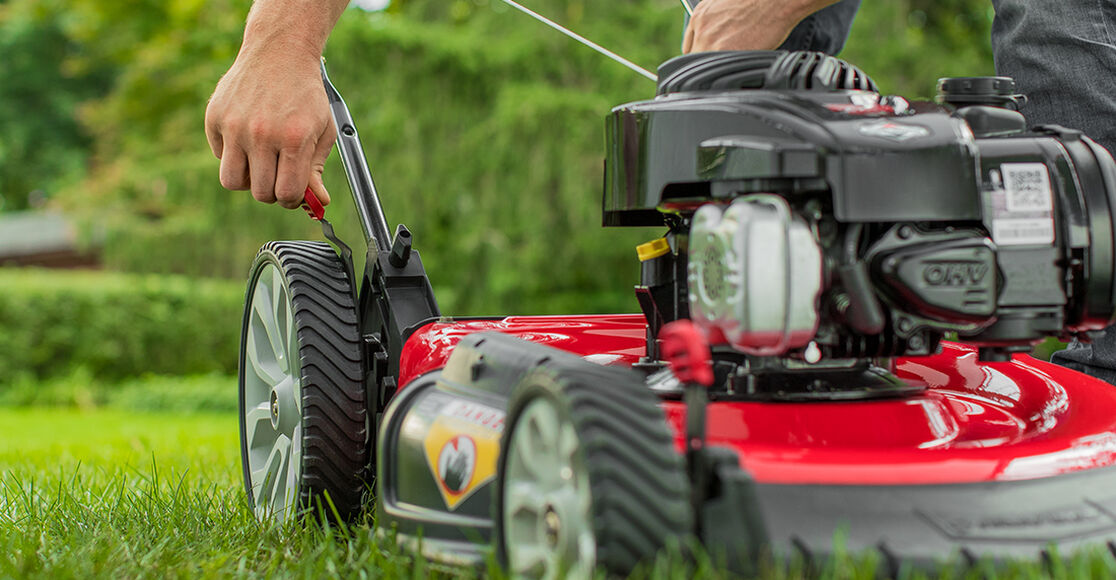Mowing your lawn for the first time each season can seem like a slightly daunting but exciting task. But, whether you’re ready to start up your mower for the first time this season – or getting ready to start up a brand new mower – you can use the following routine to usher in the spring and summer mowing season and set the tone for your lawn’s appearance in the coming weeks. Keep these grass cutting tips in mind as you cut your lawn for the first time:
Timing is everything.
First, wait until the time is right. The first cut should occur once grass has visibly begun to grow and, for most grass types, has reached a height of around 3 inches. Wait until temperatures are consistently above 40 degrees and the chance of additional frost is minimal. Also avoid mowing anytime there is frost, or when the ground or the grass is frozen, as this can damage your lawn. Be sure the ground is fully thawed, warmed and reasonably dry before mowing for the first time.
Cut conservatively.
Once the time is right, keep the first cut on the long side. Don’t cut more than one-third of the grass’ length, and you may even want to cut less, using the highest height adjustment on your mower for the first cut. Even if you feel more still needs to be cut, you can always go back and take another increment after a few days. But keeping grass on the longer side for its first cut will help protect tender grass, especially if temperatures dip, and will keep the ground shaded. Cutting grass too short on the first mow can be damaging and drying to grass and may also allow more sunlight to reach the ground, encouraging weed growth. Keeping grass on the long side also helps to prevent mower clogs and reduces the chance of leaving clumps of wet grass on the lawn, which can suffocate grass below and lead to brown spots.
A good plan of action when mowing is to cut the perimeter of the lawn first, then mow in rows, overlapping close to half of the previous row. This may take longer but will help to prevent clogs and clumps from forming. You can also rake grass lightly after the first mow to help break up any piles of cut grass that remain.
Keep it level.
When mowing for the first time, adjust your mower to the correct height using a tape measure and adjusting the wheels on a flat surface. Also be sure the mower is level and that all wheels are adjusted to the same height. You’ll also want to be sure the mower blade is sharp, sharpening the blade once each season. This helps the mower to cut grass easily and cleanly without tugging or pulling.
Additional lawn care measures.
After mowing, you may also want to begin watering the lawn. However, it’s a good idea to allow grass to dry out slightly before watering the first time, as this will encourage roots to grow more deeply into the soil early in the season. This will help your grass sustain high temperatures and sun during the summer months.
If you determine your lawn needs to be dethatched, wait until you’ve mowed the lawn a few times before beginning this project. This will give your grass a chance to thicken up and withstand dethatching better. The spring can also be a good time to fertilize your lawn.
Finally, don’t wait too long before the second cut. If grass is growing well, you may even need to mow more than once a week. This can keep your lawn healthy and green, while preventing clumps that are unsightly and damaging.
